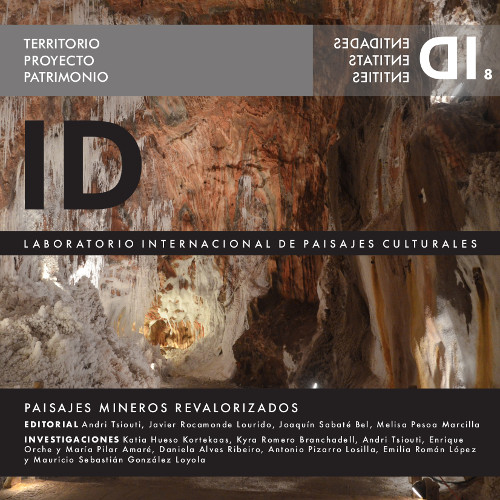WHEN DEBRIS GENERATES VALUE From the control of alterations to the valorisation of mining heritage
DOI:
https://doi.org/10.5821/identidades.9032Keywords:
mining heritage, environment restoration, mining legislation, RiotintoAbstract
The general crisis of mining sector in the 60s and 70s leaves a huge amount of traces dispersed throughout Spain. Besides that, extractive operations provoke serious alterations on the natural environment that start to be controlled by legal regulations which are being renovated since the 80s. In this context, restoration works get place in various mining sites which in the beginning are limited to simple landscape interventions. Since environmental awareness increases, some more ambitious projects start to appear. At the same time, mines start to be valued as places of memory and local identity. However, the necessity to eliminate contamination results, in many cases, to the destruction of mining heritage. The article examines the evolution of mining legislation in relation to restoration projects. And secondly, some reflections are offered on the difficult balance between environmental remediation and heritage valorisation through examples from Spain.Downloads
Published
Issue
Section
License
Those authors who have publications with this journal, accept the following terms:
a. Authors will retain their copyright and guarantee the journal the right of first publication of their work, which will be simultaneously subject to the Creative Commons CC BY-NC-ND-4.0 recognition license that allows third parties to share the work provided that its author and its first publication are indicated in this journal, but they cannot be changed or used commercially.
b. Authors may adopt other non-exclusive license agreements for the distribution of the version of the published work (eg: deposit it in an institutional telematic archive or publish it in a monographic volume) provided that the initial publication in this journal is indicated.
c. Authors are allowed and recommended to disseminate their work through the Internet (e.g. in institutional telematic files or on their website) before and during the submission process, which can lead to interesting exchanges and increase citations. of the published work. (See The effect of open access).













